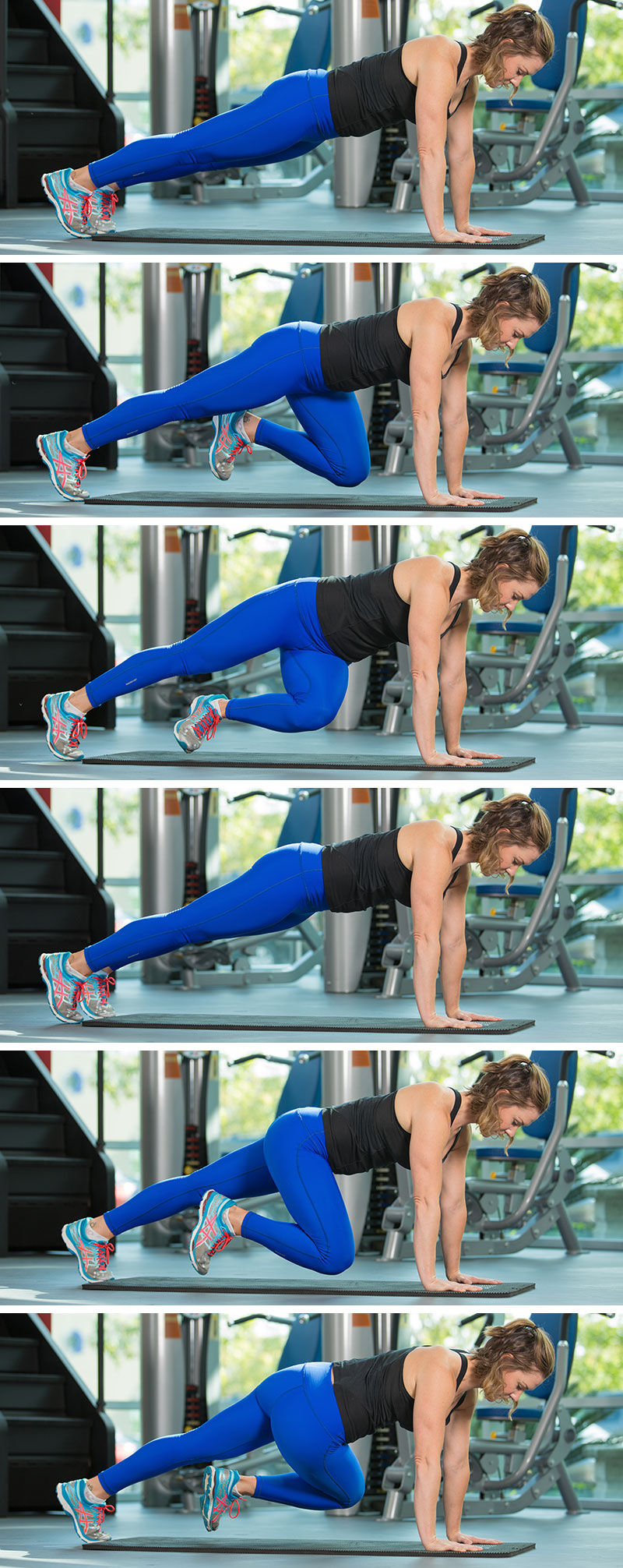An estimated 85 percent of Americans will be plagued with back pain at some point in their lives. In fact, low-back pain is the second most common ailment in the United States, resulting in yearly costs of approximately $50 billion a year. Back pain and spinal issues can significantly reduce quality of life and functionality, causing not only physical limitations, but emotional hardship as well.
Spine health is often not a focus of strategic health and fitness planning, typically receiving attention only after an injury or chronic pain has occurred. Considering the important role the spine plays in overall functioning, incorporating exercises that create a strong and mobile spine can go a long way toward helping clients avoid low-back pain.
The spine has many functions. It provides support for the head, neck, shoulders and pelvic girdles, which are vital for coordinating movements on a daily basis. The spine protects the central nervous system, which controls every single function in the human body. Movement is a key element to everyday life and the spine allows functional movements in all three planes of motion.
Here are four important actions to take to improve spine health:
- Increase core strength
- Increase core flexibility
- Improve posture
- Improve body mechanics (during all aspects of life)
This blog focuses on core strength, a key component of core stability, which helps protect the spine and prevent injuries. The core is comprised of the abdominal muscles, sides of the trunk, pelvic floor, back, buttocks, hips and pelvis, and there are 29 muscles attached to the hips, spinal column, ribs and other parts of the trunk. Core muscles act as dynamic and isometric stabilizers for movement and assist with the transfer of forces between the upper and lower body. In addition, these muscles can initiate movement itself.
Developing core strength involves incorporating a variety of different exercises that target different areas of the core. While there are numerous ways to strengthen the core, it is essential to keep it simple. Clients should be able to complete a basic core-strengthening routine on their own at home.
The following six key core-strengthening exercises provide a good basic routine for just about anyone. The intensity can be modified, as needed, by alternating repetitions, isometric versus dynamic, and potentially adding some equipment for advanced possibilities. Be sure to follow established standards and guidelines related to muscular strength and endurance fitness training when incorporating these exercises into a client’s fitness plan.
1. Glute-Bridge

2. Front Plank

3. Hip Rotations (Push-up Position)

4. Cobra

5. Contralateral Limb Raises

6. Dirty Dog





 by
by 







 by
by